With their early work inspired by Russian Suprematism, Zaha Hadid Architects’ pays homage to the historical lineages of collective research that has led to the major works of today’s contemporary architecture at the 2012 Venice Biennale with the installation ‘Arum’. The pleated metal structure is derived from the work of German architect Frei Otto, who paved the way for material-structural form-finding processes. Arum is a response to David Chipperfield’s belief that the theme of ‘Common Ground’ is meant to “reassert the existence of an architectural culture, made up not just of singular talents but a rich continuity of diverse ideas united in a common history.”
Beautifully crafted, the installation at the Corderie of the Arsenale also includes models and explorations of ZHA, related to the work of Frei Otto, Felix Candela, Heinz Isler. In this aspect the firm has able to expose visitors to the inspiration and research from modern architects that can be found on ZHA’s contemporary works. We saw Patrik Schumacher before the Biennale’s preview on top of every detail, leading to an impecable result.
This year’s Biennale theme ‘Common Ground’ shows how the work of the major protagonists of contemporary architecture – often regarded as independent individual creations – is in fact based on historical lineages of collective research. This is also true of the work of Zaha Hadid Architects. It is well known that the early work was initially inspired by Russian Suprematism.
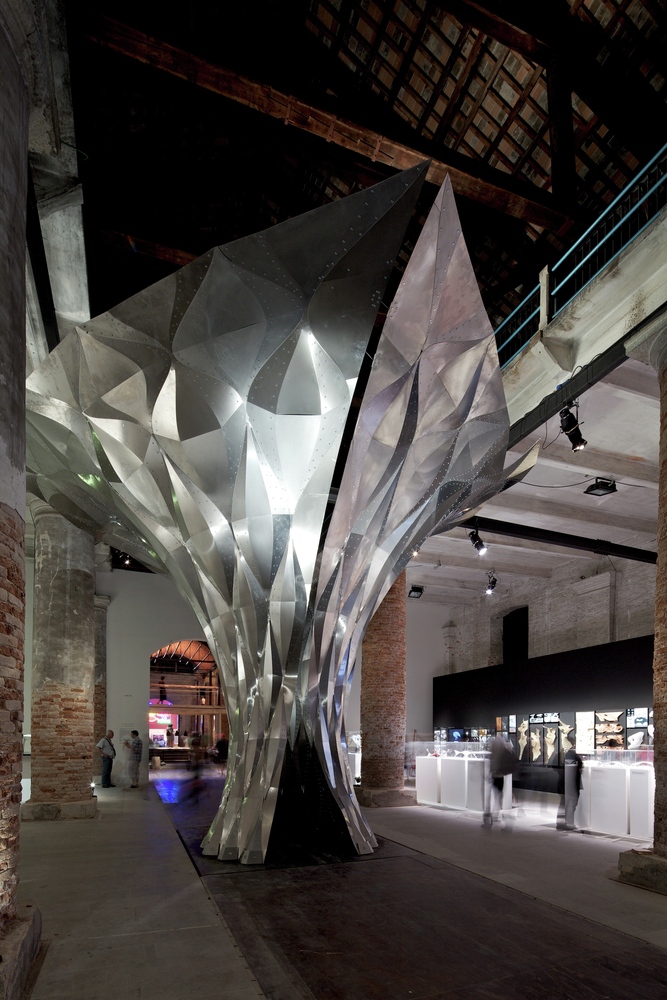
From the architect. In our installation and exhibition at the Biennale we want to show that – apart from the dialogue with the work of contemporary competitors that existed all along – our recent work connects to a rather different historical strand of research. The more our design research and work evolved on the basis of algorithmic form generation, the more we learned to appreciate the work of pioneers like Frei Otto who had achieved the most elegant designs on the basis of material-structural form-finding processes. From Frei Otto we learned how the richness, organic coherence and fluidity of the forms and spaces we desire could emerge rationally from an intricate balance of forces. We expanded Frei Otto’s method to include environmental as well as structural logics, and we moved from material to computational simulations.
One particular area of research we would like to explore with our installation is the domain of light – weight shells in combination with tensile structures. We have already designed a number of complex shells as well as some tensile structures. Here, for the first time, we would like to integrate these two worlds. The Arum shell is an installation made from pleated metal. We will surround the installation with the documentation of our research, including key reference projects of the pre- eminent precursors in this line of research.
We will show the work Frei Otto, Felix Candela, Heinz Isler among others and include work by Philippe Block, a young, contemporary researcher of stone compression shells.








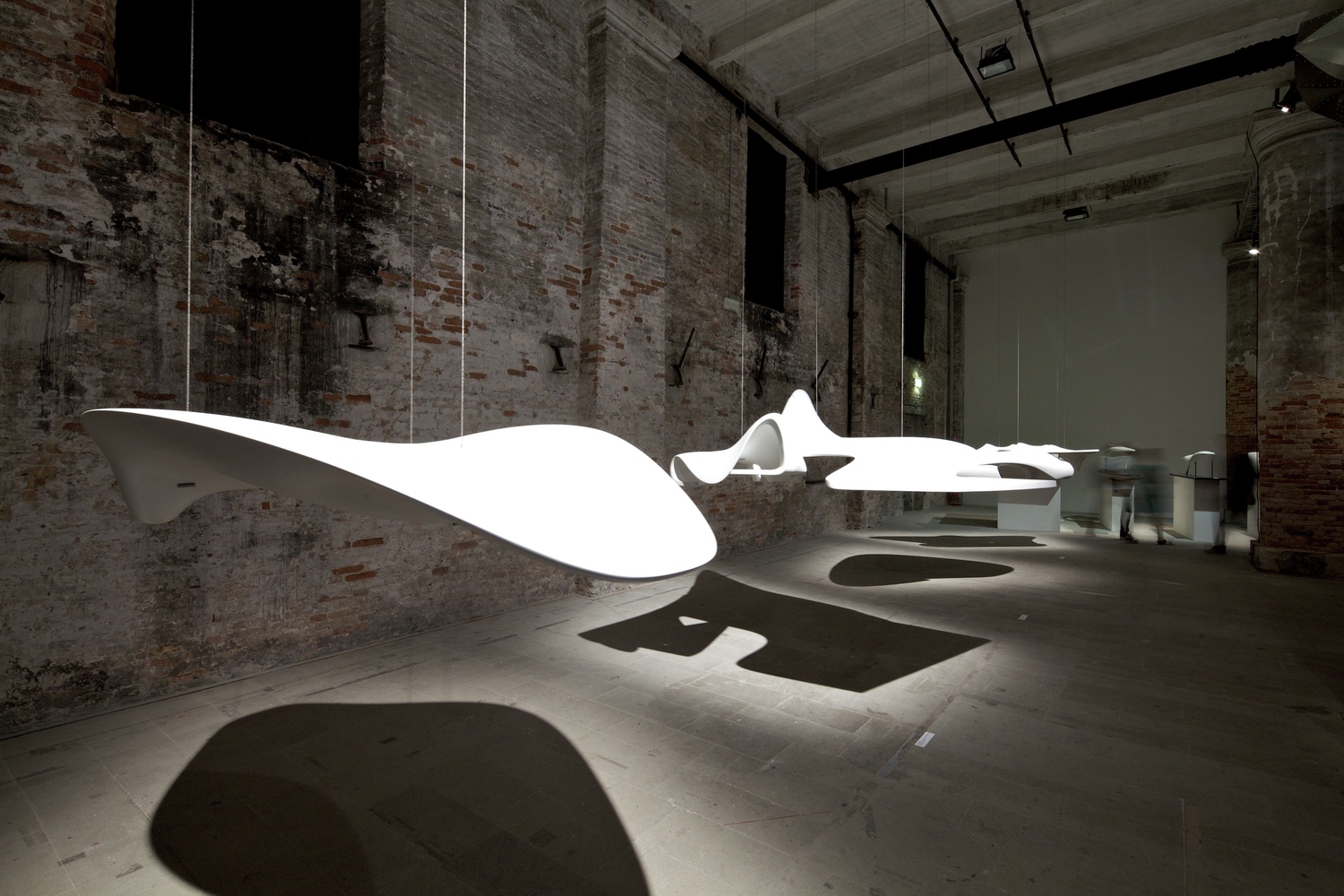






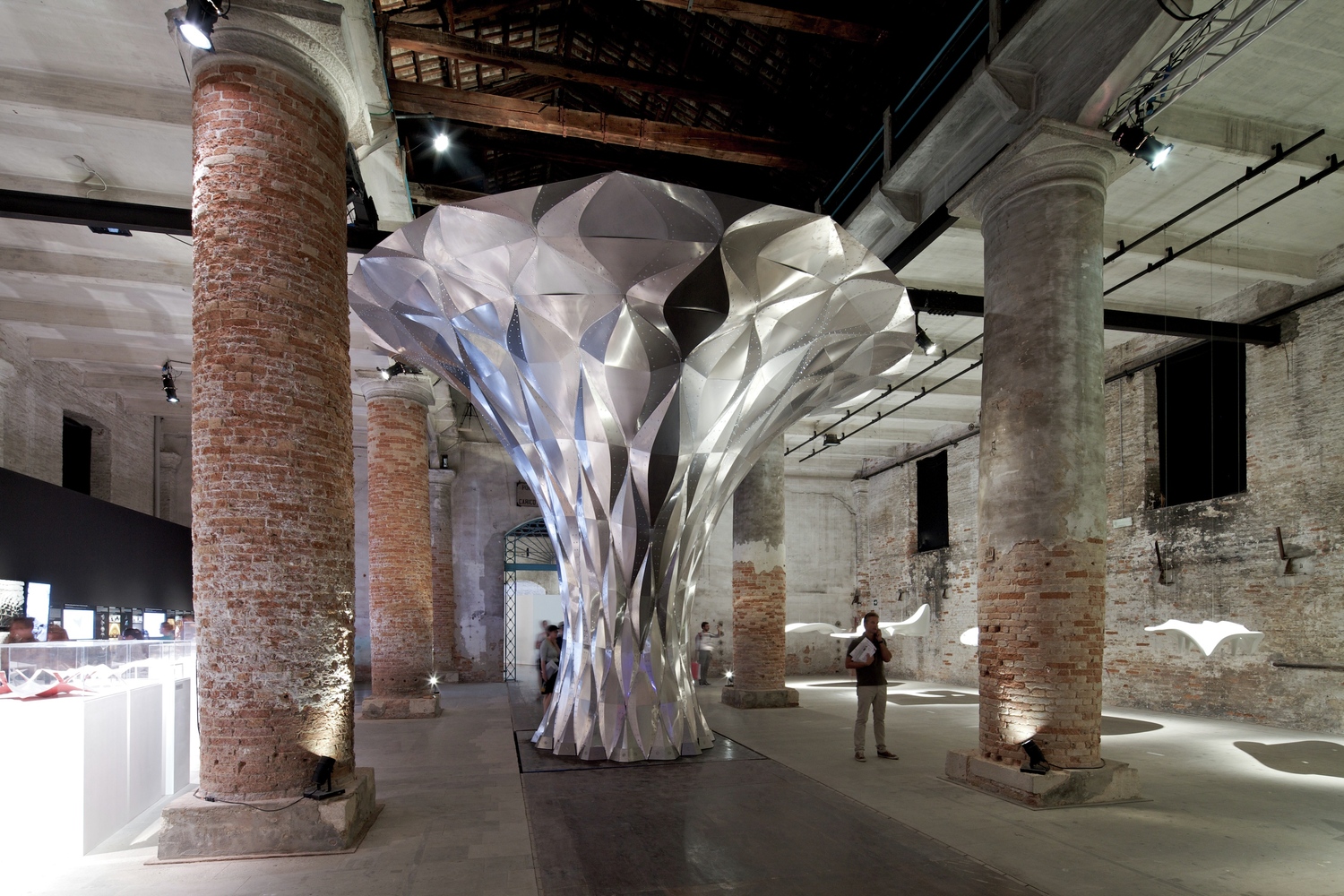
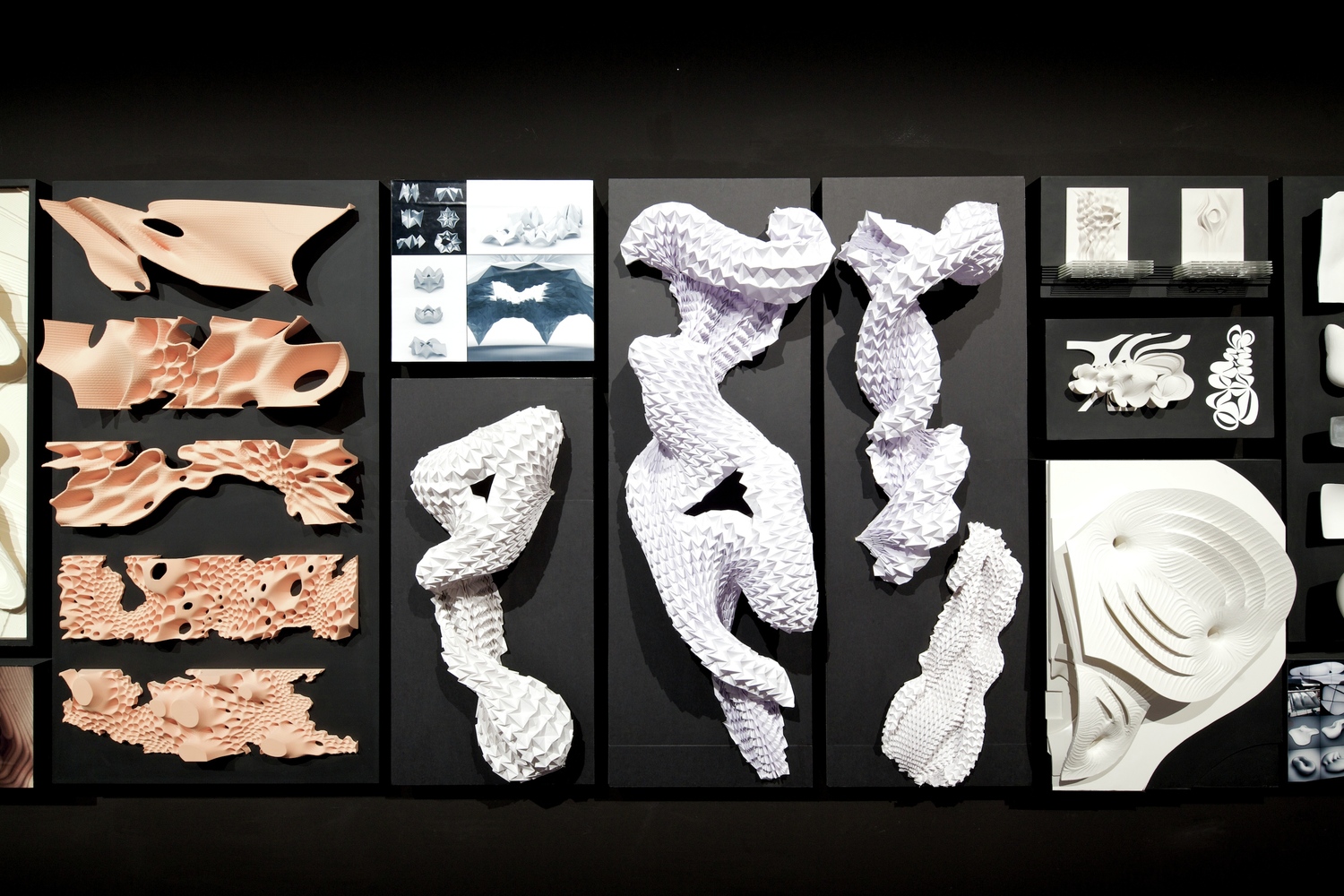
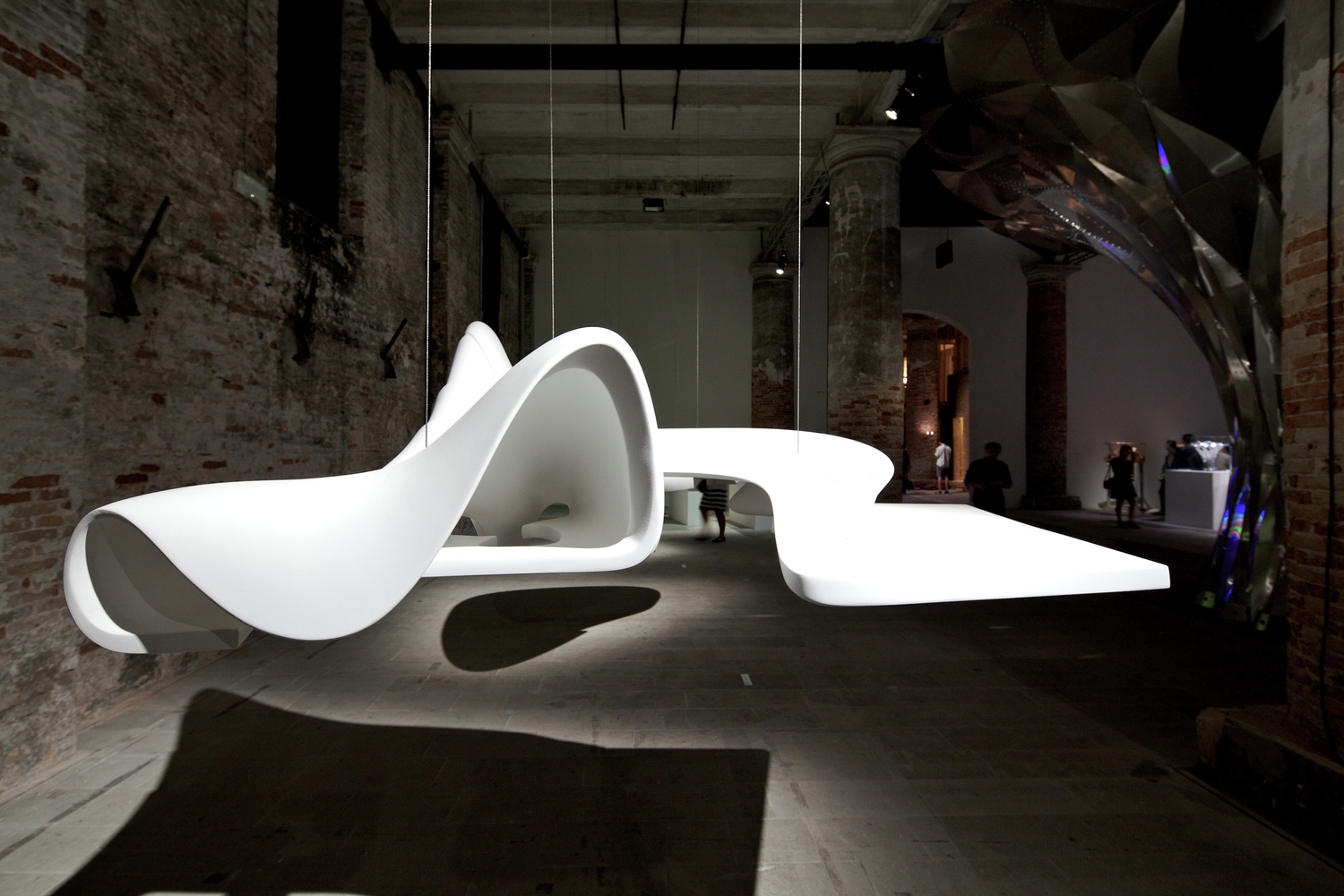
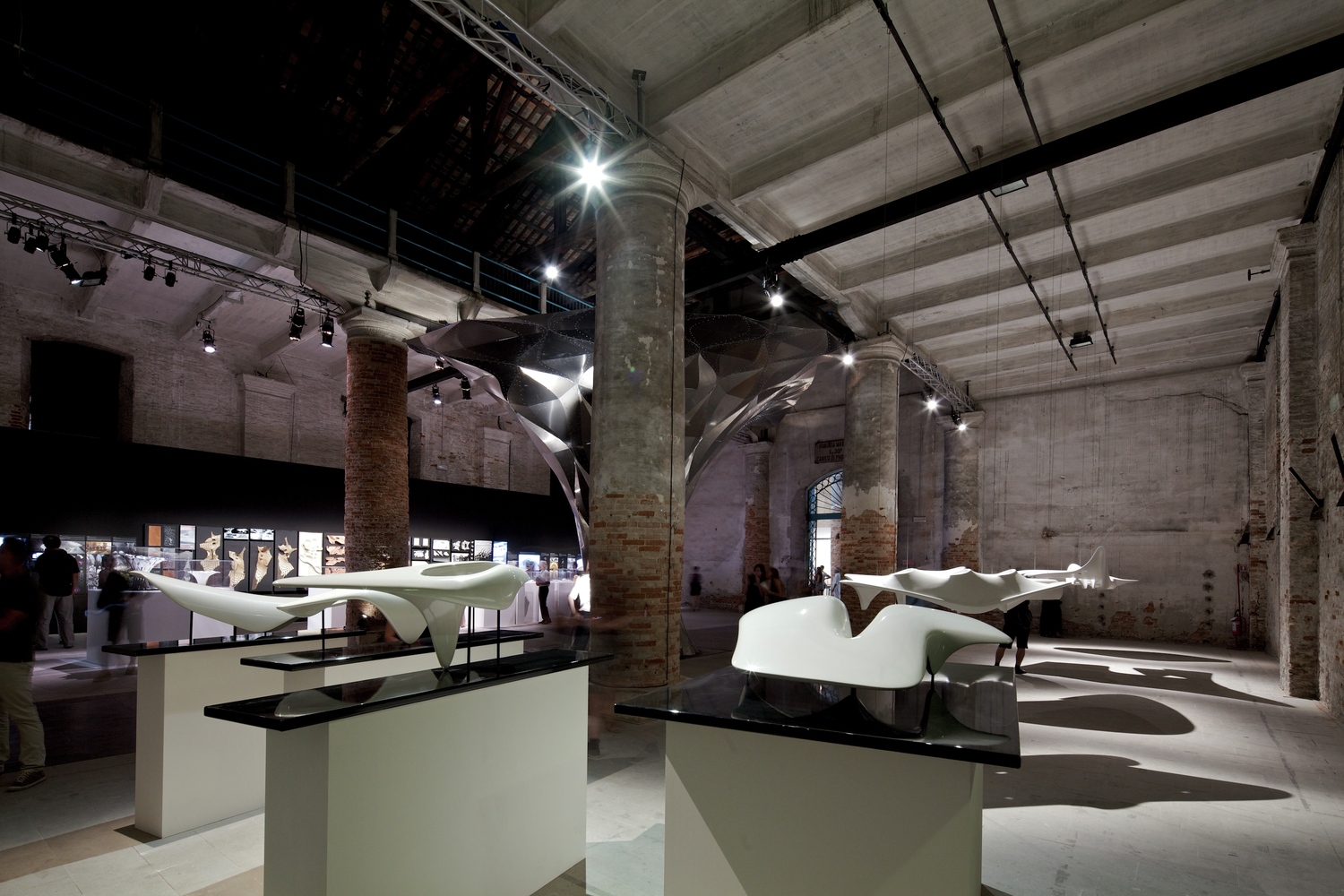
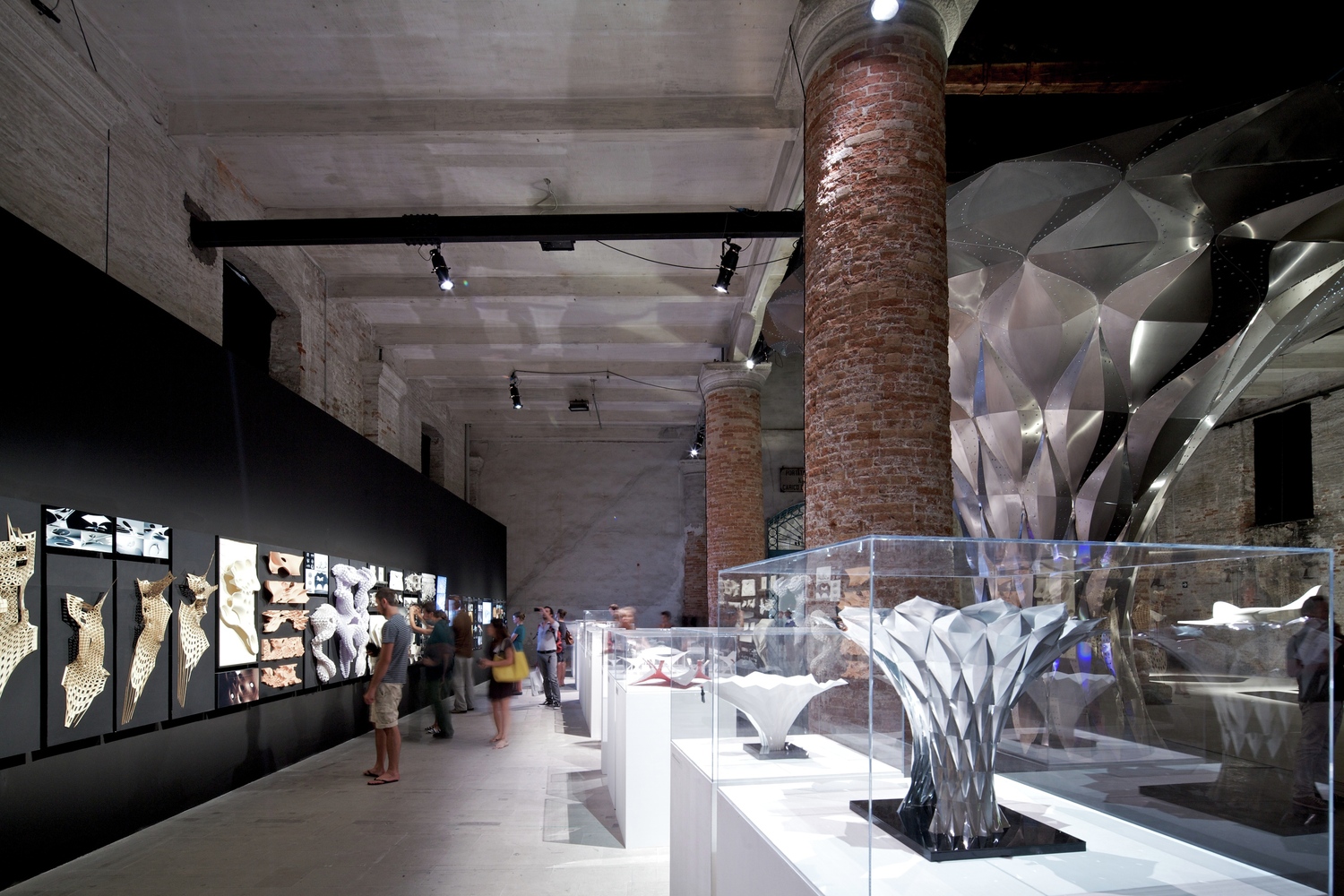
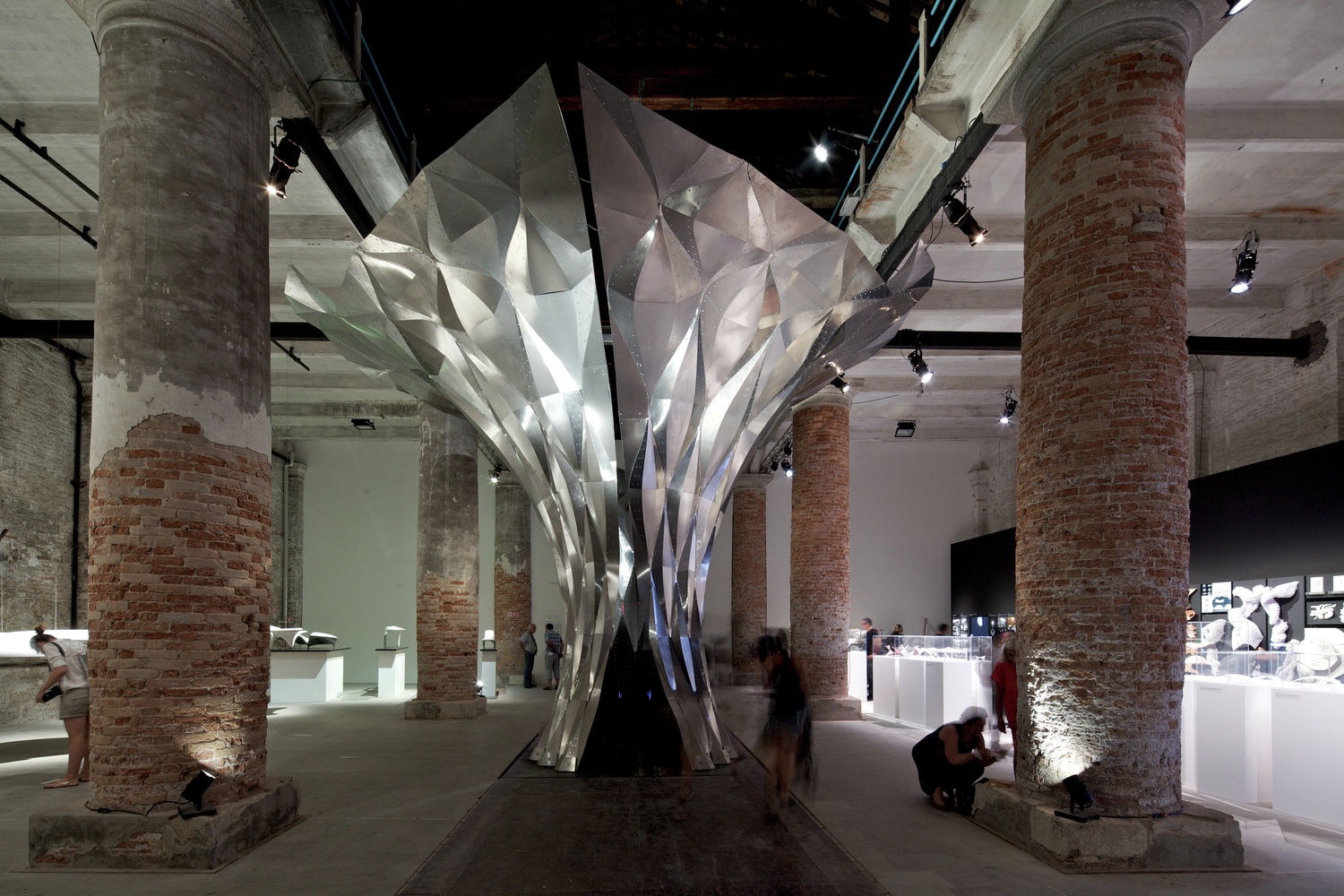














Leave a comment